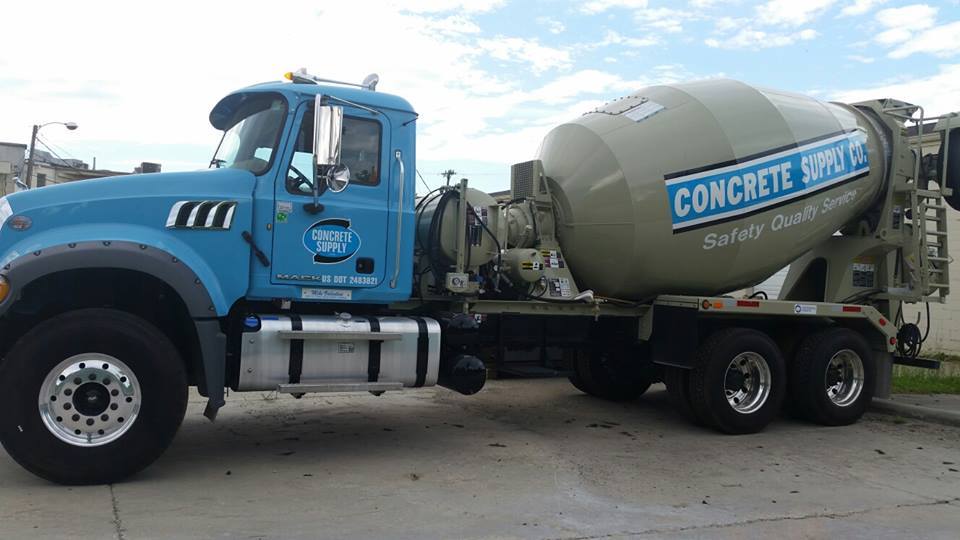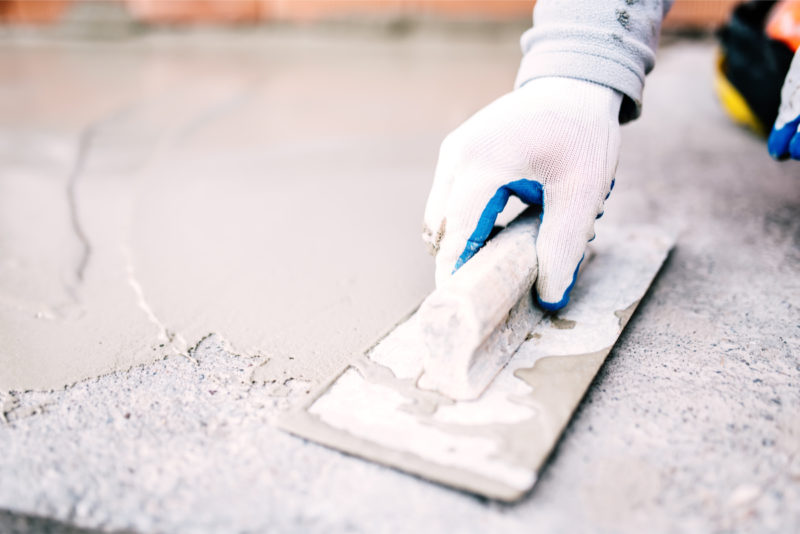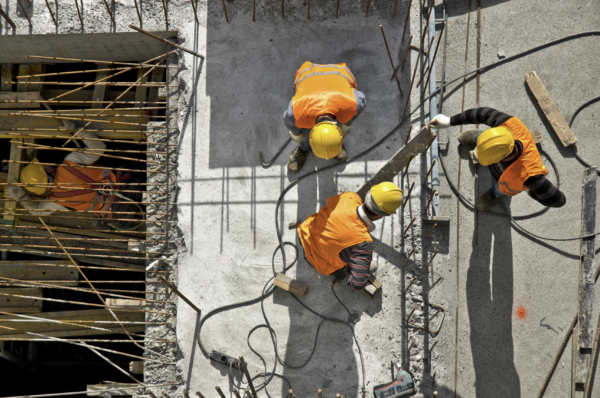6 Factors To Consider When Choosing A Supplier
The 6 most important factors to consider when selecting a supplier for your project
Whether you’re taking on a project as a commercial construction PM, a DOT contractor, or a residential homeowner, you’ll most likely work with a third party or supplier at some point. Third parties like suppliers, vendors, contractors, subcontractors, or consultants are often key components in the overall success of a project.
The stakes are high when the responsibility of choosing a third party, more specifically a supplier, falls on your shoulders. We believe the following factors to be the most important when selecting which supplier might be best for your project.
1. Do the supplier’s goals align with your own?
It’s important to question your supplier’s mission, values, goals, and company culture when assessing whether or not they could be a good fit. When a company’s values align with your’s, it’s typically a good indication that the partnership work well. Differences in overall mission, values, goals, and culture could potentially lead to conflict somewhere throughout the project.
2. Is the supplier experienced?
Question whether the supplier has experience and what type of experience they have. Is it industry related? When a supplier is experienced, it’s usually a good sign that they also have expertise–expertise that will add value to your project and make everything run smoother.
3. Does the supplier claim to be flexible?
When it comes to construction projects, there are numerous uncertainties and changes that come about which requires flexibility on every party involved. A supplier’s ability to work with you, maintain flexibility, and respond to change is crucial. Do keep in mind that while it’s easy for a supplier to make a claim, reviews and past work often say more about how a supplier operates.
4. What type of product or service quality does a supplier provide?
Do some deep digging to understand the quality of the product or service the supplier provides. It should be obvious that your supplier’s quality will have a direct impact on your project overall. Again, refer to reviews and past work for a true picture of a supplier’s quality.
5. Will the supplier bring value to the project?
Each of the previously mentioned factors contribute to the overall value a supplier brings to your project. Does the supplier’s reputation for being experienced, flexible, and providing quality resonate with how you want your project to be perceived? Assess the value the supplier might bring to your project and then make your call. Remember that a supplier who brings strong value comes at a price.
6. All things considered, is the supplier’s cost fair?
Finally, with all things considered, is the cost the supplier is charging fair? Do you feel as though their product or service and their total cost of opportunity is truly worth it? And does that cost match up with your budget for the project?
Still don’t feel confident in your ability to select a great supplier? Find more helpful advice when it comes to selecting a third party supplier or contractor here.
For over 60 years now, we’ve been a trusted supplier of ready-mix concrete. We’ve met the needs of some of the areas top commercial and residential builders and DOT contractors.
In need of a ready-mix supplier? We created a checklist that guides your concrete supplier to create the best ready mix for your project. Once you’re able to pinpoint the best supplier for your concrete project, download our list and get started.




